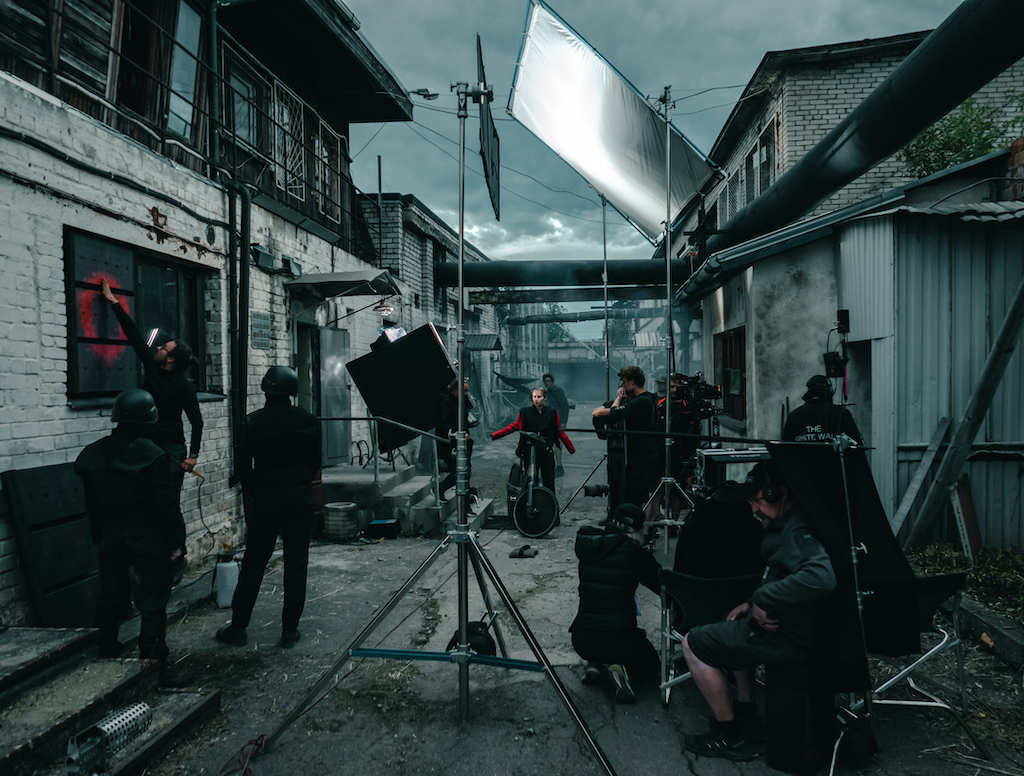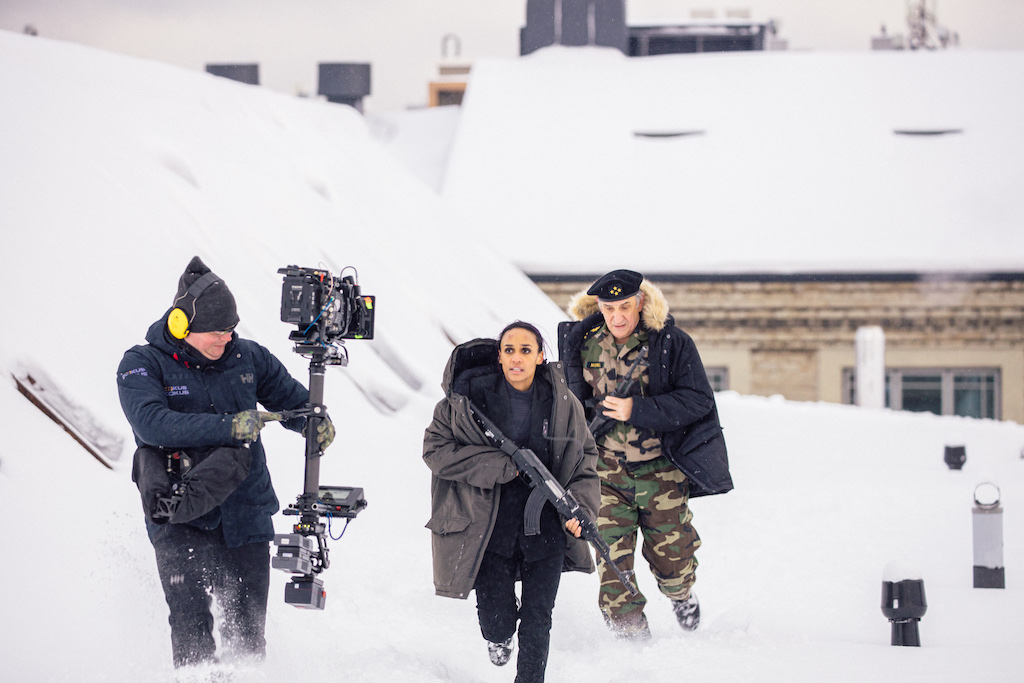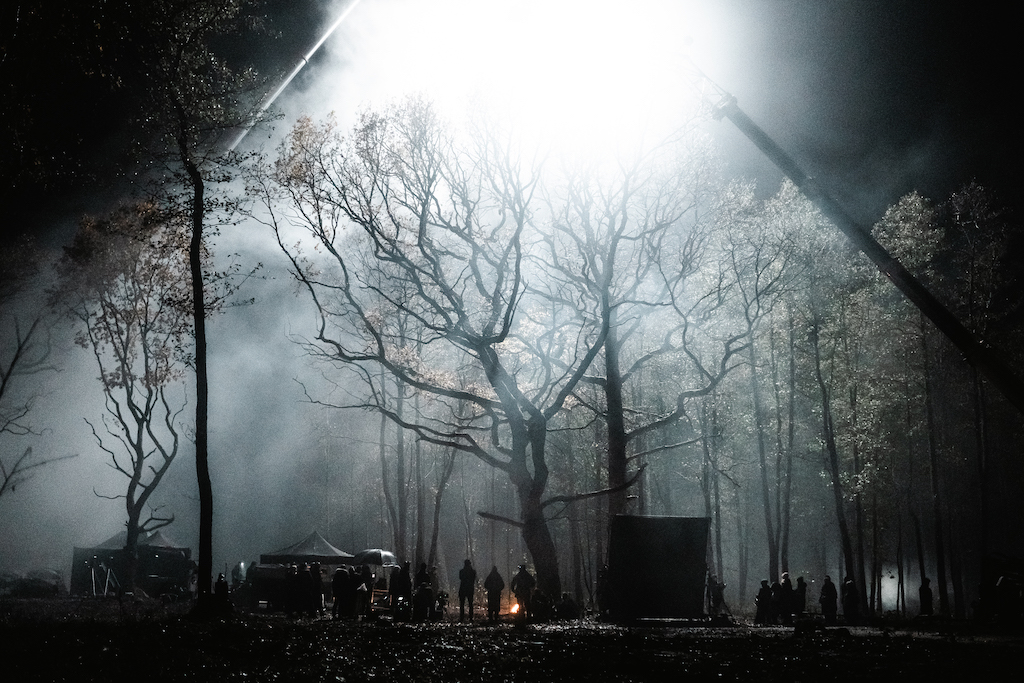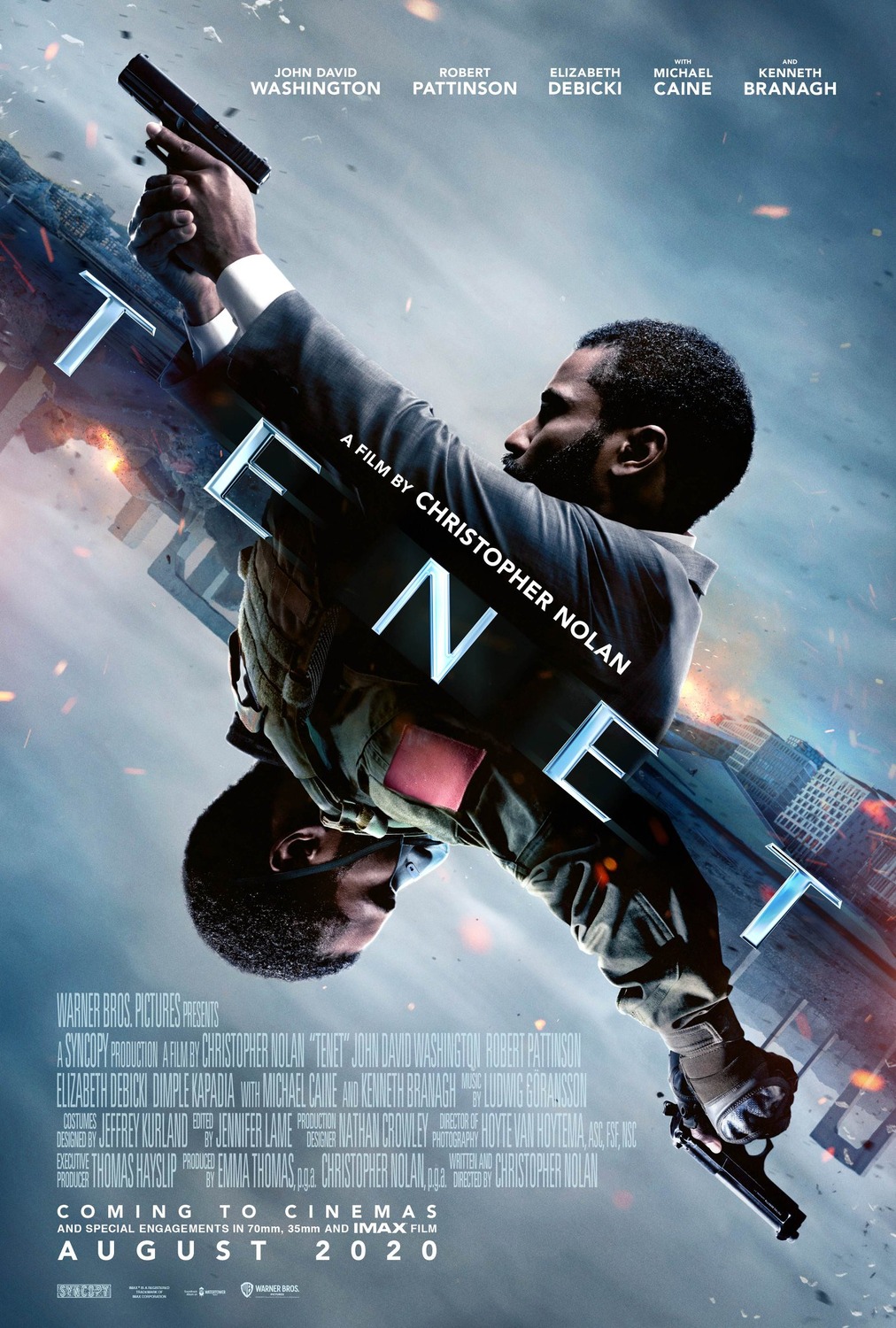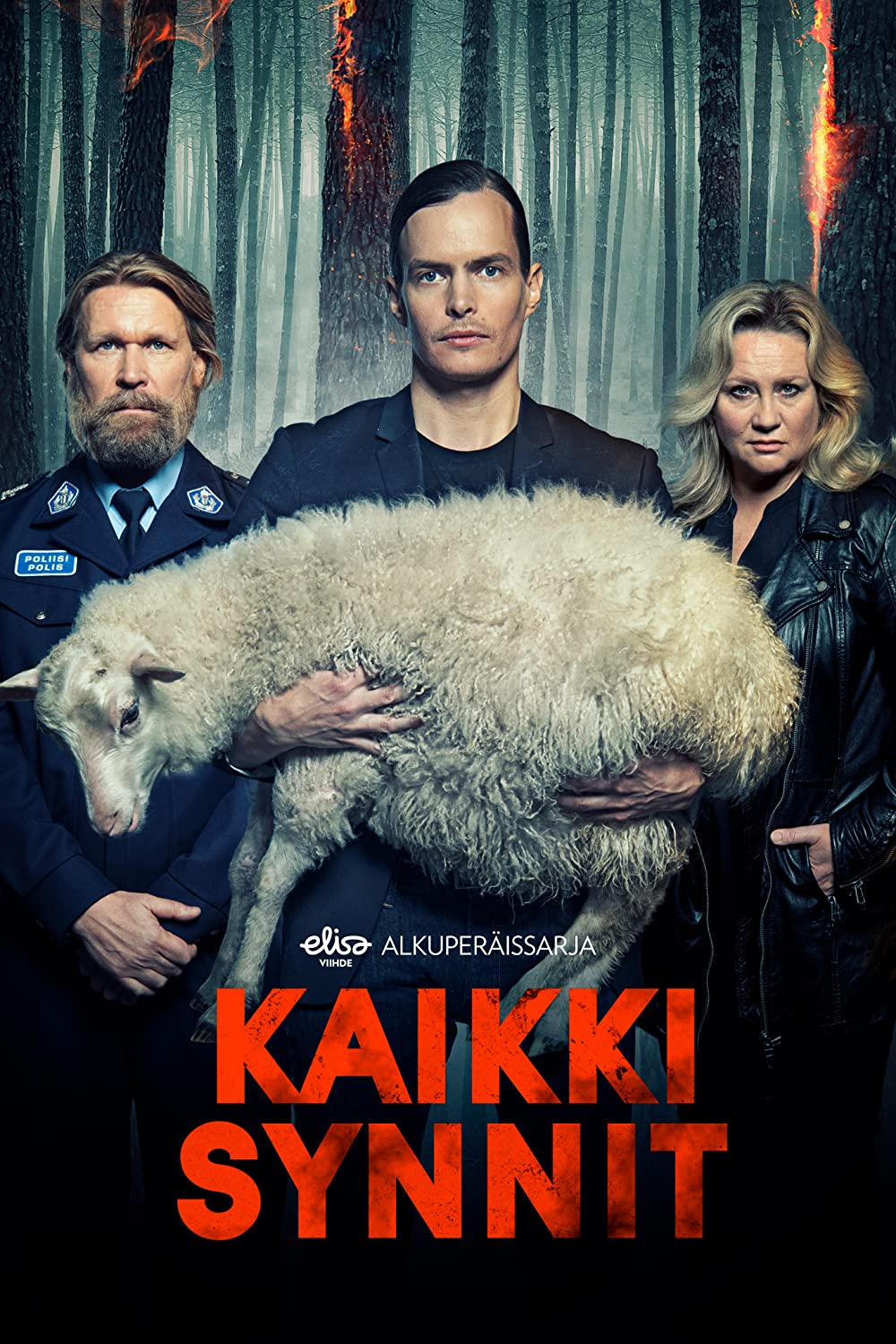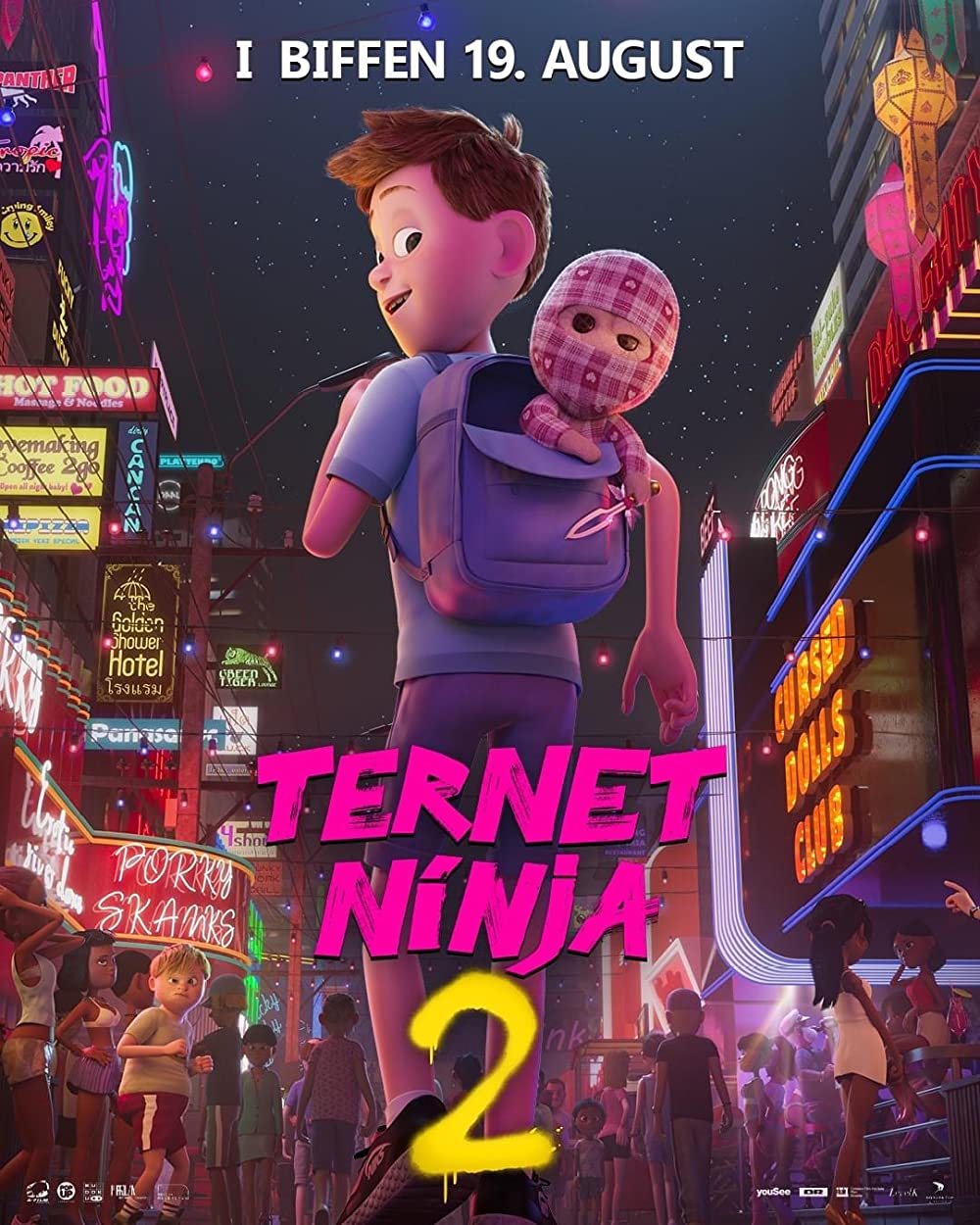30% Refundable
30% Refundable
30% Refundable
30% Refundable
30% Refundable
30% Refundable
30% Refundable
30% Refundable
30% Refundable
30% Refundable
30% Refundable
30% Refundable
30% Refundable
30% Refundable
30% Refundable
30% Refundable
30% Refundable
30% Refundable
30% Refundable
30% Refundable
30% Refundable
Tallinn, EE
3°

